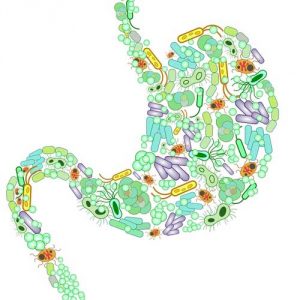Introduction
Coral reefs are known as pristine locations, and the ability of the coral making them up to create environments supporting myriads of fish species is astounding. Comparisons between corals ability to create a niche for complex and diverse ecosystems has been compared to that of rain forests on land, with almost a third of marine fish being found, despite covering less than 1% of the ocean bed (Adey 1998). In fact, many of the species that live within these reefs owe survival to coral health (Komyakova et al 2013). However, the home of Nemo and Ariel has been under recent threat over the years, due to climate change and ocean acidification (Hoegh-Guldberg et a. 2007). Just this last year alone, the great barrier reef saw the worst coral bleaching, thanks to rising water temperatures (Griffith 2016). While exploration of ways to change the impact we are having on corals, and therefore the impact on the reefs ecological webs as a whole, interest has also developed in what the corals responses to these changes in their environment have been (Putnam et al. 2016). The value of this data provides an extreme example of phenotypic plasticity, the ability of an organism to respond to its environmental conditions. Continue reading “Coral Reefs and Phenotypic Plasticity: Responses to a Changing Climate”

